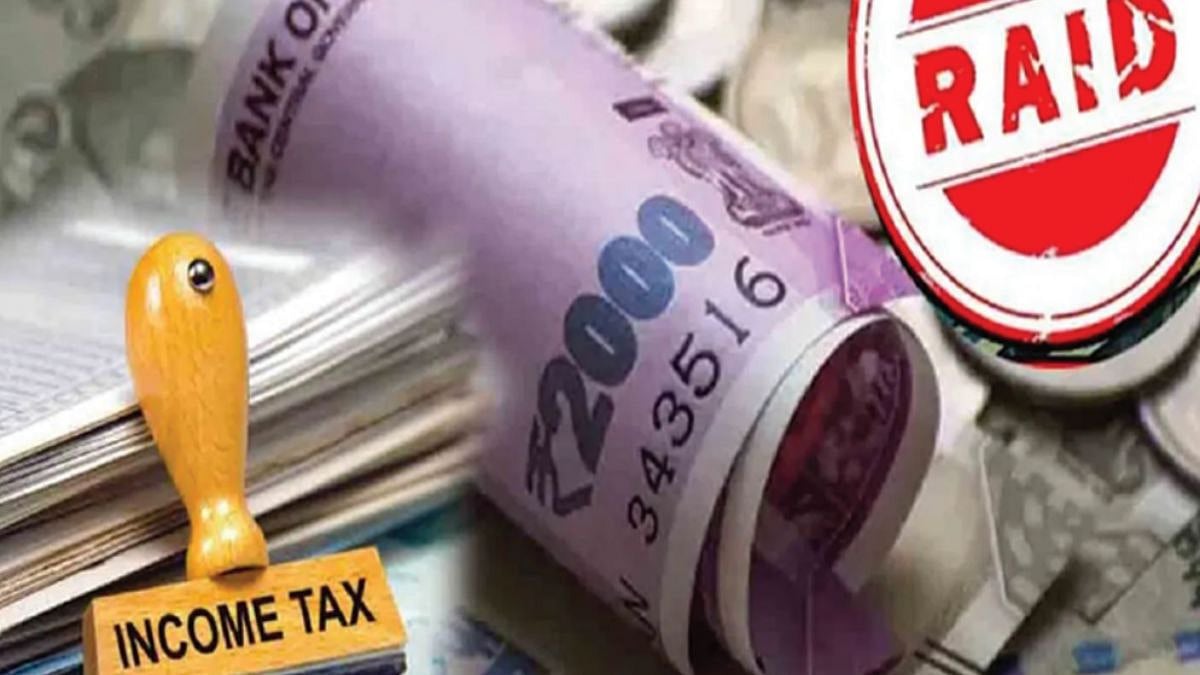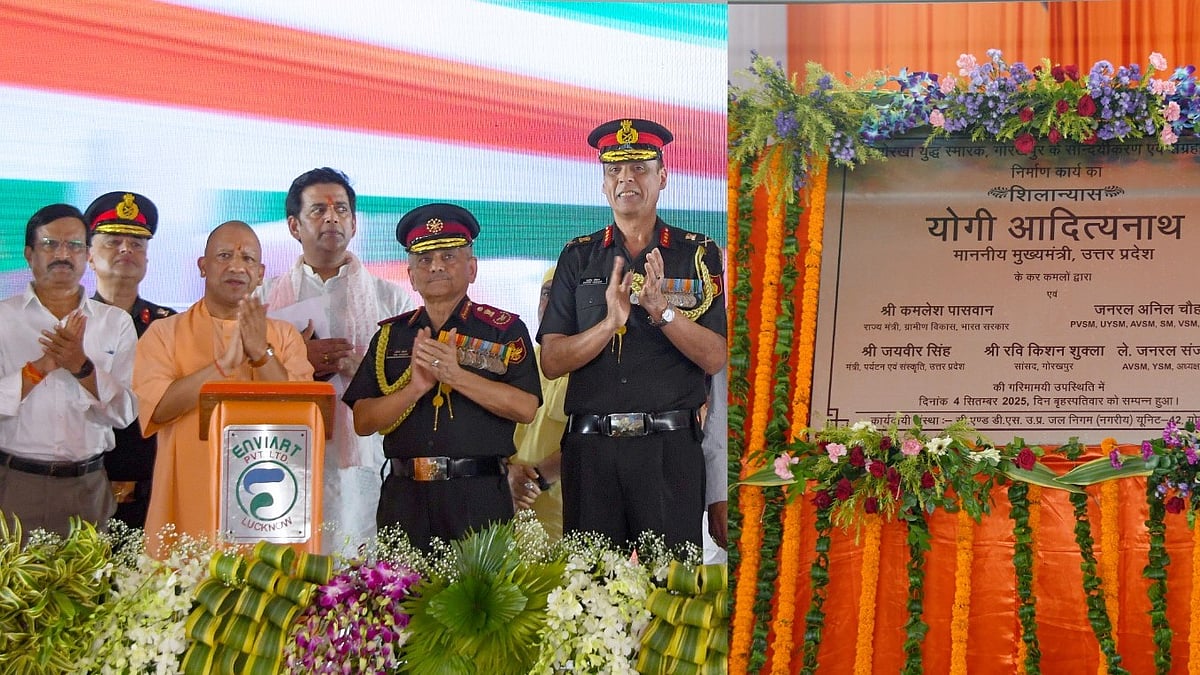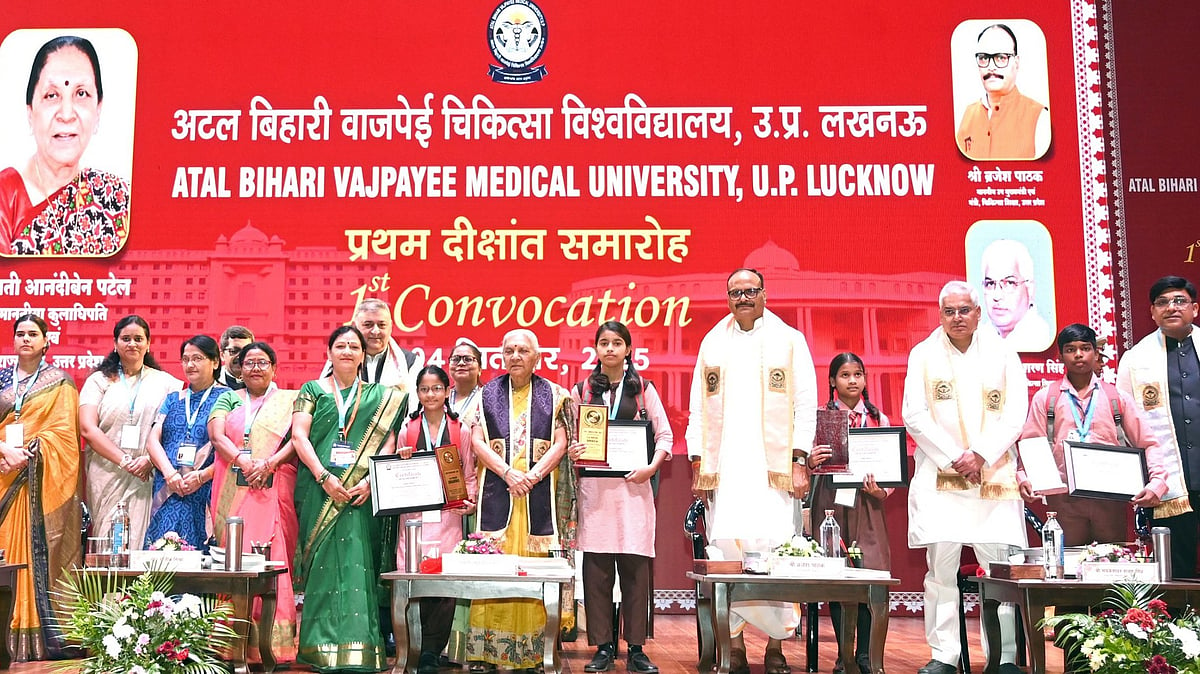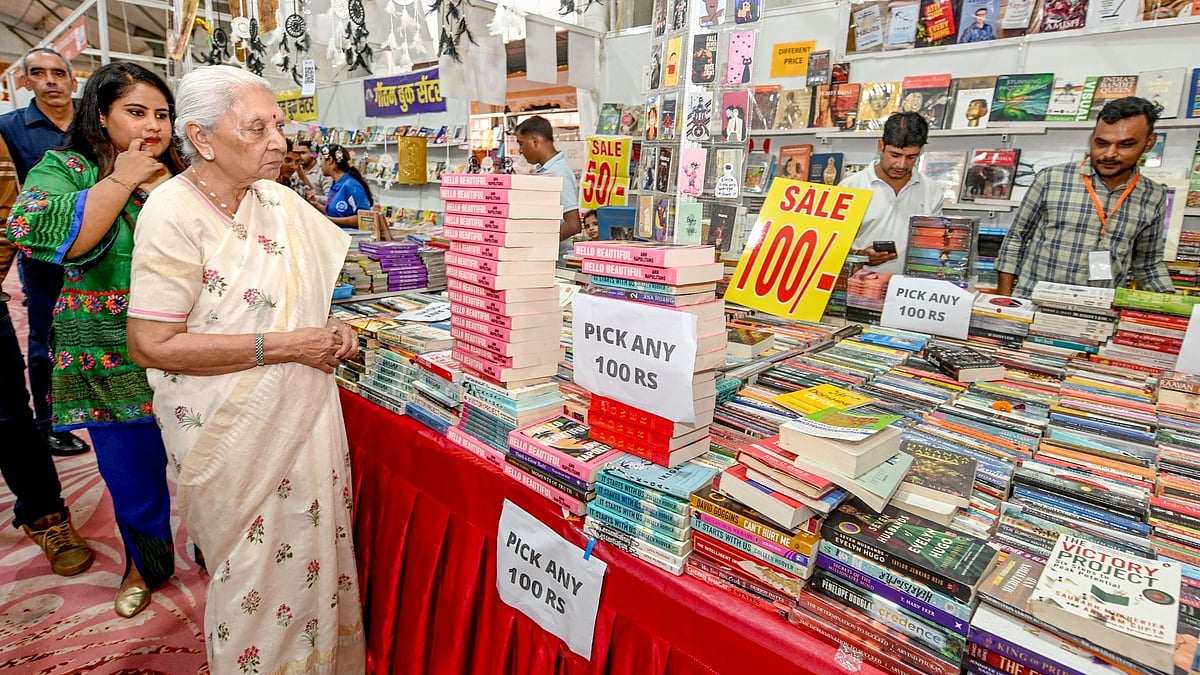At the Lahore ThinkFest on Saturday, Congress leader Shashi Tharoor indicated clearly that things with respect to coronavirus in India were "not good" and that "we look with envy" across the border towards Pakistan where people, he said, seem to be having "a pleasant time of it in terms of being able to return to normalcy".
In conversation with Pakistani journalist Khurram Husain, during the Lahore ThinkFest on the theme "How Covid Has Changed the World", the veteran MP also took the opportunity to target the Bharatiya Janata Party (BJP)-led Indian government on the same, saying that there was "complacency" and a "huge fuss" about US President Donald Trump's visit to India in February with "lots of crowds lining the streets".
Expectedly, his statements at a Pakistani platform hauled in a slew of pointed criticisms on social media, with users accusing Tharoor of sycophancy, going against India and getting support from a hostile nation.
And yet, facts need to be admitted as what they are. Indians are known to be at the end of their tether about beating their perennial rival at every occasion, but it's a case of frank data which shows that Pakistan did manage to flatten the COVID-19 curve despite having a low testing rate.
At the time of writing this article, India's cases have crossed 7.53 million on the paper, while Pakistan sits at something short of 324,000 in terms of the total number of confirmed infections. For a while now, India has also been clocking the highest number of new cases in the world.
The country also holds the single day record for largest increase in cases, set on September 17, with an additional 97,894.
A report outlines that India outstrips all other countries in the South Asia region, with a COVID-19 caseload that is 13 times that of Bangladesh and 15 times of Pakistan.
Even if we look at the total cases per million population (since this is more feasible, considering India holds a significantly larger population than all other countries in the region), the data doesn't look very promising. India's cases per million population is 1.6 times that of Bangladesh and 2.3 times that of Pakistan, and 21.5 times that of Sri Lanka.
So what explains India's foible attempts at plateauing the COVID-19 curve, in a neighbourhood where other countries have managed to bring the numbers down? There is no single answer to this question. Experts have pitched potential reasons as inefficient administration of the nationwide lockdown to differences in age demographics, discrepancies in testing rates and to even being 'cursed' with a vibrant economy. Most of it, however, boils down to three primary reasons.
Median Age
For starters, the median age in Pakistan is only 22 and this fact could have made it relatively easier for the country to grapple with the coronavirus, which is known to disproportionately affect older people with prior health complications. To provide an example, Italy, with its median age of 46.5, was one of the worst-hit in the world. In comparison, India has a medium age of 26-28.5, thereby making it plausible for the rise in cases have been affected here.
Testing Rates
The discrepancies in testing rates between the two countries could also be a factor. Reports clearly mention that while India has hit a record high of over one million tests per day, Pakistan has only ever conducted around 20,000+ daily tests since June.
Tharoor himself seems to have acknowledged this. Answering a query, he said India was identifying more cases due to ramped-up testing and a lot of people in Pakistan may have been or were coronavirus positive and just not being counted because they are asymptomatic and not being tested.
"Partly, of course, the more you test the more you find and, therefore, as the testing has been ramped up considerably we are identifying more and more people infected and I don't know how many people or percentage of the population you have been able to test in Pakistan. So it is possible that a lot of people in Pakistan may have had it and are just not being counted because they are asymptomatic," he said.
Lockdown woes
However, the major factor, experts agree, that lies behind India's dismal data is the ineffective administration of the countrywide lockdown.
On March 22, India observed a 14-hour voluntary public curfew at the insistence of Prime Minister Narendra Modi. It was followed by mandatory lockdowns in COVID-19 hotspots and all major cities. From March 24 onwards, the prime minister ordered a nationwide lockdown for 21 days, affecting the entire 1.3 billion-person population of India.
On April 14, India extended the nationwide lockdown till May 3 which was followed by two-week extensions starting May 3 and 17 with substantial relaxations. From 1 June, the government started "unlocking" the country (barring "containment zones") in three unlock phases.
On the other hand, Pakistan opted for a limited lockdown, with its prime minister Imran Khan actively going vocal against the idea of a total lockdown in the country. It was not so much a conscious smart decision as it was a necessity born out of the sheer fact that Pakistan was admittedly too poor to afford a total lockdown and risk injuring the economy.
"If we were like Italy, France, America or England, I would have locked Pakistan down completely,” Khan said in an address to the nation on March 22, “But our problem is that 25% of Pakistanis are below the poverty line. They can’t even afford two square meals a day. If working class Pakistanis are locked up for two weeks, how will they feed their families?"
India, being one of the earliest countries to enter into a state of total lockdown, might have inadvertently boomeranged the coronavirus into being more of a menace that it would perhaps have originally been. This was coupled with the impromptu nature of the announcement, which generated haphazard movements of large tracts of people, at the butt end of which were migrant workers. With factories and workplaces shut down, many of these migrants were left with no livelihood and thus decided to walk hundreds of kilometres to go back to their native villages, accompanied by their families in many cases. The immediate failure of the administration to plan for this mighty relocation, which some observed as the largest movement of people on foot since Partition, might have actually hurt India badly. The virus is presumed to have spread to the countryside in this manner, and did not stay limited to the big cities where it would be had not such fortuitous decisions been taken.
In a column for the Indian Express, economist Kaushik Basu argues that the way in which the lockdown was executed, there's reason to believe that the lockdown itself became the source of the virus’s spread.
"By having people huddle together, infecting one another, and then having the same people travel hundreds of miles, the pandemic has been made much worse than it need have been," he wrote.
It doesn't take much to reflexively lambaste anyone who might be critical of government response in India; however, for the sake of the 1.3 billion-strong citizens of the country desperately struggling against an unprecedented threat, constructive criticism is the only way forward.
(The views and opinions expressed in this piece are those of the author's own and do not necessarily reflect the official policy or position of The Free Press Journal)








